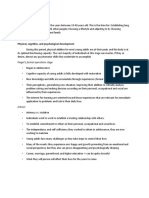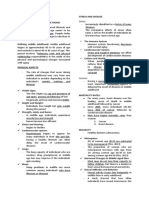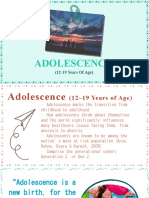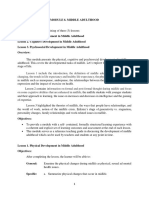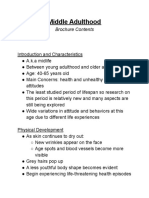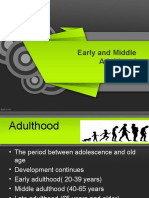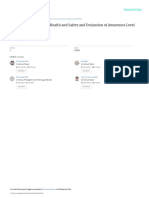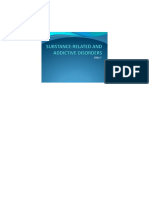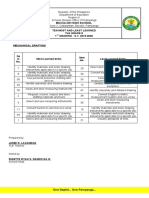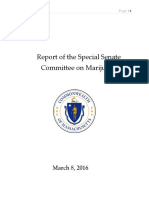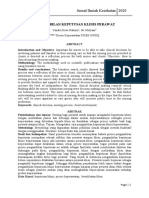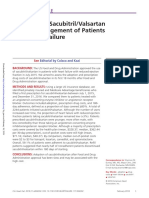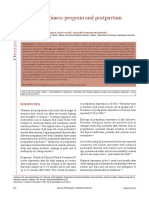0% found this document useful (0 votes)
34 views3 pagesAdolescent Health Challenges
This document outlines teaching strategies for different age groups: adolescents aged 12-19, young adults aged 20-40, and middle aged adults aged 41-64. For adolescents, peer group discussions and clarifying medical terms are recommended. For young adults, this is a crucial time to establish healthy behaviors through teachable moments. For middle aged adults, teaching should be aware of potential stressors and tailor strategies depending on individual health and lifestyle factors.
Uploaded by
Ashley Nicole PonceCopyright
© © All Rights Reserved
We take content rights seriously. If you suspect this is your content, claim it here.
Available Formats
Download as PDF, TXT or read online on Scribd
0% found this document useful (0 votes)
34 views3 pagesAdolescent Health Challenges
This document outlines teaching strategies for different age groups: adolescents aged 12-19, young adults aged 20-40, and middle aged adults aged 41-64. For adolescents, peer group discussions and clarifying medical terms are recommended. For young adults, this is a crucial time to establish healthy behaviors through teachable moments. For middle aged adults, teaching should be aware of potential stressors and tailor strategies depending on individual health and lifestyle factors.
Uploaded by
Ashley Nicole PonceCopyright
© © All Rights Reserved
We take content rights seriously. If you suspect this is your content, claim it here.
Available Formats
Download as PDF, TXT or read online on Scribd
/ 3





